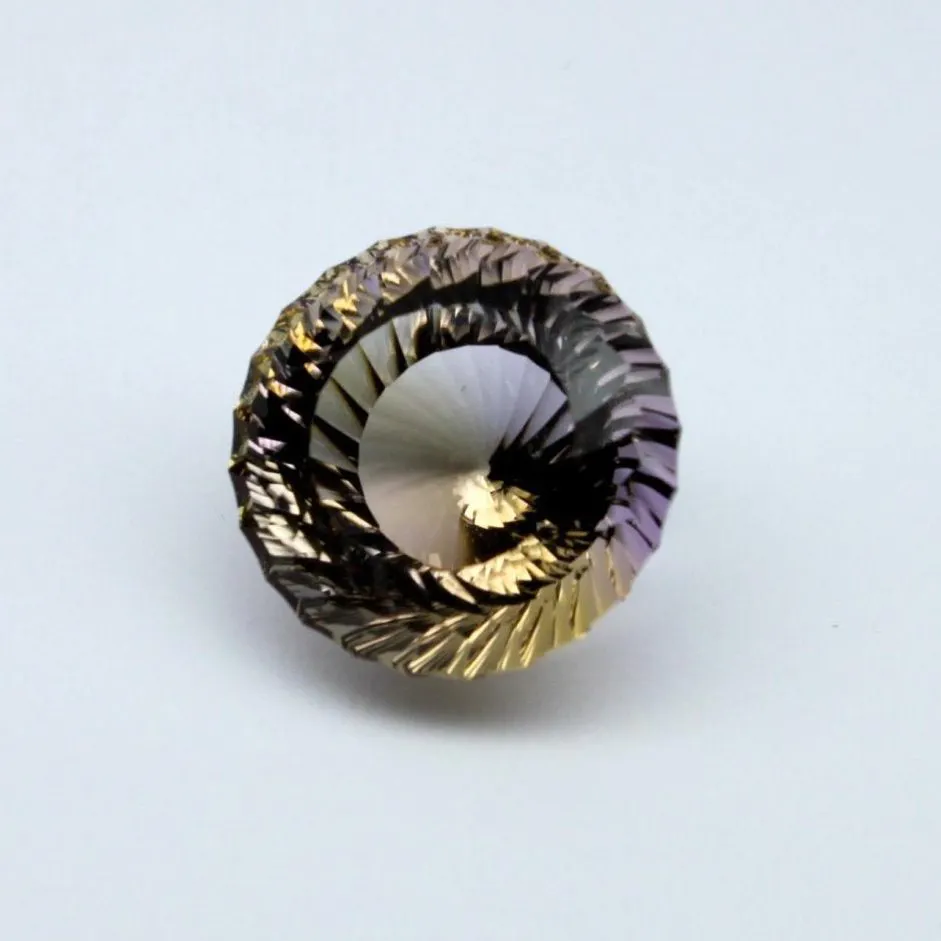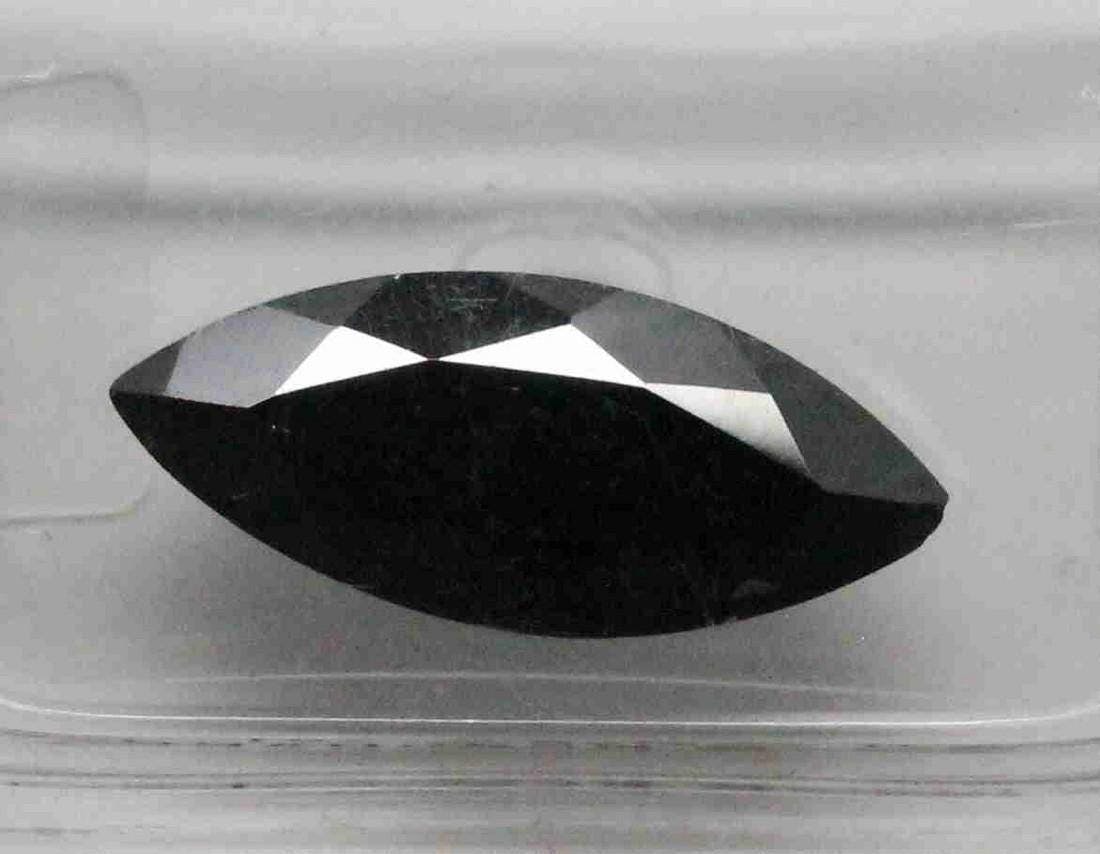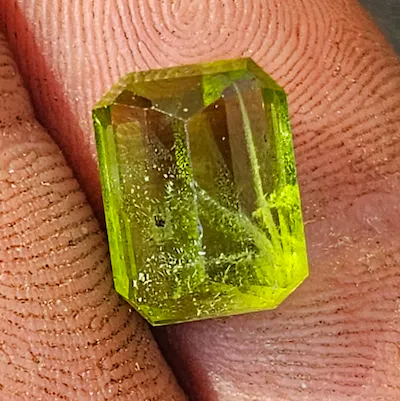News
The Jewelry Nomenclature: Unveiling the Terminology and Components of Gem Bracelets and Necklaces
Are you fascinated by the beauty of gem bracelets and necklaces? If so, then “The Jewelry Nomenclature: Unveiling the Terminology and Components of Gem Bracelets and Necklaces” is the article for you! This captivating piece will guide you through the terminology and components of these exquisite jewelry pieces. Whether it’s the foundation of metal chains or fabric cords, the secure clasps, the decorative pendants that hang, or the various chain styles and cord materials, this article has it all. Additionally, you’ll learn about the different types of beads, clasps, lockets, festoons, and bails that contribute to the uniqueness of these accessories. And if that’s not enough, you’ll also discover the different types of pendants that can enhance the beauty of your jewelry. So, if you’re looking to expand your knowledge and delve deeper into the world of gem bracelets and necklaces, look no further – the International Gem Society is here to provide you with reliable information and resources.
Terminology and Components of Gem Bracelets and Necklaces
Gem bracelets and necklaces are timeless pieces of jewelry that can enhance any outfit. These accessories come in various designs, styles, and materials, making them versatile and suitable for different occasions. In this article, we will explore the terminology and components of gem bracelets and necklaces, highlighting their similarities and uniqueness.
Similarities between Bracelets and Necklaces
Bracelets and necklaces may seem like distinct jewelry items, but they share several similarities in terms of terminology and components. Understanding these similarities can help you appreciate the craftsmanship and design of these accessories.
One thing that both bracelets and necklaces have in common is the use of chains or cords as their foundation. Whether it’s a delicate metal chain or a soft fabric cord, the choice of foundation often depends on the style and purpose of the jewelry piece.
Securing mechanisms, such as clasps or fasteners, are vital components of both bracelets and necklaces. These mechanisms ensure that the jewelry stays securely on your wrist or neck, eliminating the risk of loss or damage.
Decorative items, such as pendants, are commonly found in both bracelets and necklaces. Pendants add charm and personality to the jewelry, making them visually appealing and unique.
Foundation: Metal Chains and Fabric Cords
The foundation of a bracelet or necklace plays a crucial role in its overall design and durability. Metal chains and fabric cords are the primary materials used as foundations for these jewelry pieces.
Metal chains are widely used in bracelets and necklaces due to their strength and versatility. They come in various styles, including box chains, rope chains, double rope chains, and curb chains. Each style has its unique look and characteristics, allowing for a wide range of design possibilities.
On the other hand, fabric cords provide a softer and more casual look to bracelets and necklaces. These cords can be made of silk, polyester, tiger tail, leather, velvet, or hemp. The choice of cord material depends on the desired aesthetic and comfort level.
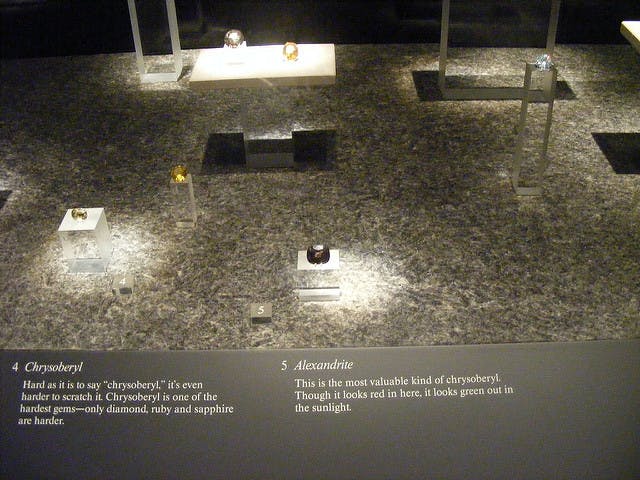
Securing Mechanisms: Clasps or Fasteners
Securing mechanisms are essential for keeping your bracelet or necklace in place. The type of clasp or fastener used can vary depending on the design and function of the jewelry piece.
Clasps are commonly used in bracelets and necklaces, allowing for easy wear and removal. Some popular types of clasps include lobster clasps, spring ring clasps, and hook and eye clasps. Each type of clasp offers its own benefits in terms of security and ease of use.
Decorative Items: Pendants
Pendants are decorative elements that hang from chains, cords, or beaded necklaces. These ornaments add character and style to bracelets and necklaces, making them more visually appealing.
Pendants come in various shapes, sizes, and designs, allowing for endless possibilities. Pearl enhancers, slide pendants, charms, and locket pendants are just a few types of pendants commonly used in bracelet and necklace designs.
Attaching pendants to the jewelry piece can be done using different methods, such as jump rings or bail attachments. These methods ensure that the pendant hangs securely and enhances the overall design of the bracelet or necklace.
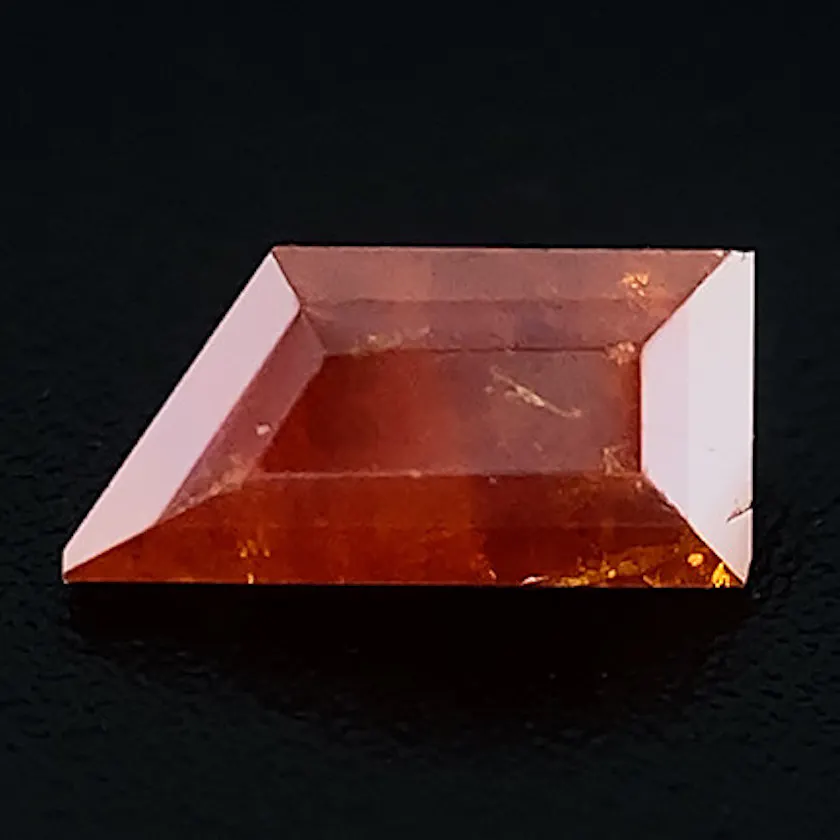
Chain Styles
Chain styles play a significant role in the overall appearance and design of bracelets and necklaces. Each style offers a distinct look and feel, allowing for customization and personalization.
Box chains are characterized by their four-sided links, creating a sleek and elegant look. Rope chains, as the name suggests, resemble twisted ropes, giving a classy and textured appearance. Double rope chains feature two interlocking rope chains, offering a unique and eye-catching design. Curb chains, with their interlocking flat links, provide a simple yet sophisticated style.
The choice of chain style depends on your personal preference, as well as the intended purpose of the bracelet or necklace. Consider your desired aesthetic and the occasion you’ll be wearing the jewelry piece for when selecting a chain style.
Cords for Stringing Beads and Stones
In beaded bracelets and necklaces, cords are used to string the beads and stones together. The type of cord used can impact the overall look and durability of the jewelry piece.
Different cord materials are available for stringing beads and stones. Silk cords provide a luxurious and soft feel, while polyester cords offer durability and versatility. Tiger tail cords are ideal for heavier or larger stones, as they provide strength and stability. Leather, velvet, and hemp cords offer a more natural and bohemian look, perfect for casual or everyday wear.
Stringing techniques play a crucial role in ensuring the beads and stones are securely held in place. Knotting between each bead or stone is a popular technique, creating a visually appealing and secure design.
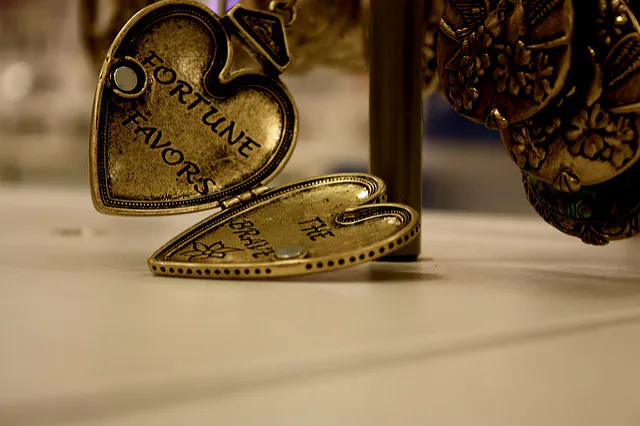
Shapes and Materials of Beads
Beads are the main focus of beaded bracelets and necklaces, adding color, texture, and style to the jewelry piece. These small decorative items come in various shapes and materials, allowing for endless creative possibilities.
Bead shapes can range from classic round beads to unique and intricate designs like cubes, hearts, or flowers. The choice of bead shape depends on the desired aesthetic and the overall theme of the bracelet or necklace.
Materials used for beads are diverse and varied. From precious gemstones like diamonds, emeralds, or sapphires to more affordable options like pearls, glass, wood, plastic, or shells, there is a bead material for every budget and preference. Mixing and matching different bead materials can create a stunning and dynamic look.
Types of Clasps
Clasps are essential components of bracelets and necklaces, providing security and ease of wear. Different types of clasps offer various benefits, allowing you to find the perfect fit for your jewelry piece.
Lobster clasps are commonly used due to their secure and easy-to-use functionality. They feature a spring-loaded mechanism that locks the clasp in place, minimizing the risk of accidental opening.
Spring ring clasps are smaller and more discreet, making them suitable for delicate and dainty bracelets or necklaces. They function similarly to lobster clasps, providing a secure closure.
Hook and eye clasps offer a unique and decorative look to bracelets and necklaces. They consist of a hook that attaches to an eye or ring, creating a visually appealing and secure connection.
Choose the type of clasp that suits your style and practicality needs, ensuring that it complements the overall design of your jewelry piece.
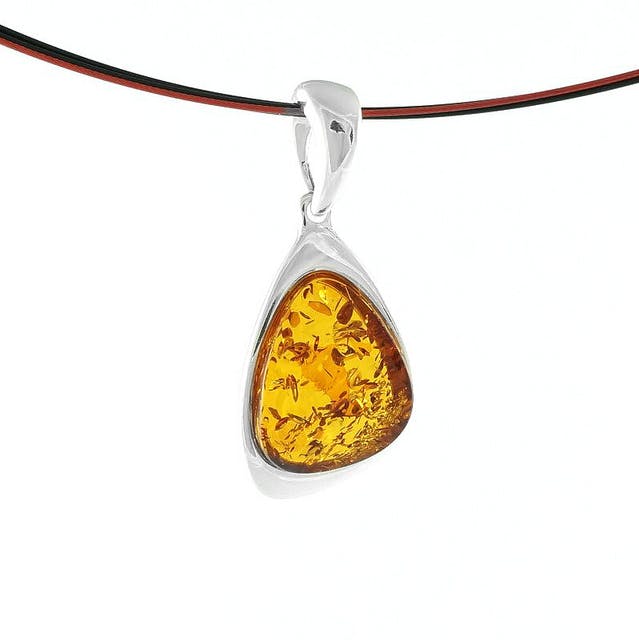
Additional Ornaments: Lockets and Festoons
In addition to pendants, other ornaments can be added to bracelets and necklaces to enhance their beauty and significance. Lockets and festoons are examples of these additional decorative elements.
Lockets are small, hinged containers that can hold miniature photographs or small keepsakes. They add a sentimental and personal touch to bracelets and necklaces, making them cherished heirlooms or thoughtful gifts.
Festoons are decorative chains or garlands that hang delicately from bracelets or necklaces. Their intricate designs and patterns create a whimsical and romantic look, adding elegance and sophistication to the jewelry piece.
Consider incorporating lockets or festoons into your bracelet or necklace design to make it truly unique and special.
Bails for Holding Pendants or Stones
Bails are small attachments that hold pendants or stones in place on a chain or cord. These attachments ensure that the pendant or stone hangs securely and aligns properly with the jewelry piece.
Different types of bails are available, each serving a specific purpose. Peg bails are ideal for gemstone pendants, as they provide a secure and stable attachment. Glue-on bails offer a seamless and discreet way of attaching pendants or stones to a chain or cord. Bell caps are decorative bails that provide an elegant and vintage look, perfect for delicate or ornate pendants.
Choosing the right bail for your pendant or stone is crucial to achieve a cohesive and well-balanced bracelet or necklace design. Consider the size, weight, and style of the pendant or stone, as well as the overall aesthetic of the jewelry piece.
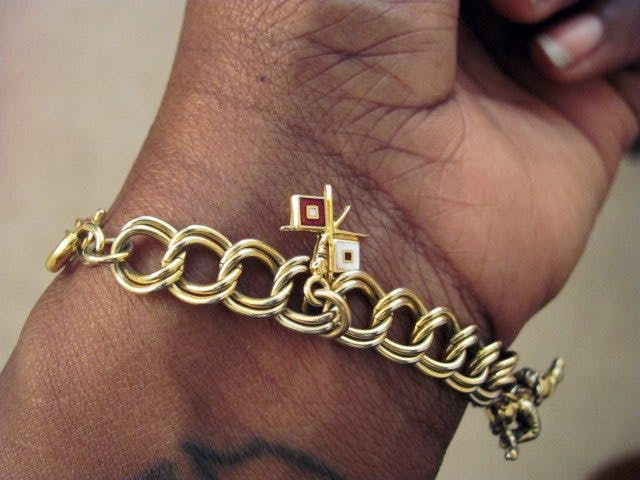
Different Types of Pendants
Pendants are versatile and decorative elements that can bring a touch of personality to bracelets and necklaces. They come in various types, each offering its unique style and symbolism.
Pearl enhancers are pendants specifically designed to be worn with pearl necklaces or bracelets. They act as a centerpiece, enhancing the beauty of the pearls and adding a touch of elegance.
Slide pendants feature a mechanism that allows them to slide along a chain or cord, offering flexibility and adjustability in their placement. This type of pendant allows for customization and personalization, as you can move it to your desired position.
Charms are small pendants that hold sentimental value or carry symbolic meaning. They can represent hobbies, interests, or significant life events, creating a personalized and meaningful piece of jewelry.
Locket pendants have a hinged compartment that can hold small photographs or keepsakes. They hold sentimental value and can be cherished as a treasured memento.
The choice of pendant depends on the desired aesthetic, symbolism, and personal meaning you want to convey through your bracelet or necklace.
Reliable Resource: The International Gem Society
If you’re passionate about gemstones and want to expand your knowledge further, The International Gem Society is a reliable resource for information and guidance.
The International Gem Society provides comprehensive articles, courses, and resources for gem professionals and enthusiasts alike. Whether you’re interested in gemology, jewelry design, or the history of gemstones, this resource has something to offer.
By accessing The International Gem Society, you can stay informed with the latest industry trends, learn about gemstone properties and characteristics, and discover valuable tips and insights that can help enhance your understanding of gem bracelets and necklaces.
In conclusion, gem bracelets and necklaces are not only beautiful accessories but also intricate pieces of craftsmanship. Understanding the terminology and components of these jewelry pieces can help you appreciate their unique design and significance. By exploring the foundation, securing mechanisms, decorative items, chain styles, cords, beads, clasps, additional ornaments, and pendants, you can create a truly personalized and meaningful gem bracelet or necklace. And with resources like The International Gem Society, your journey into the world of gemstones can be enriching and fulfilling.

